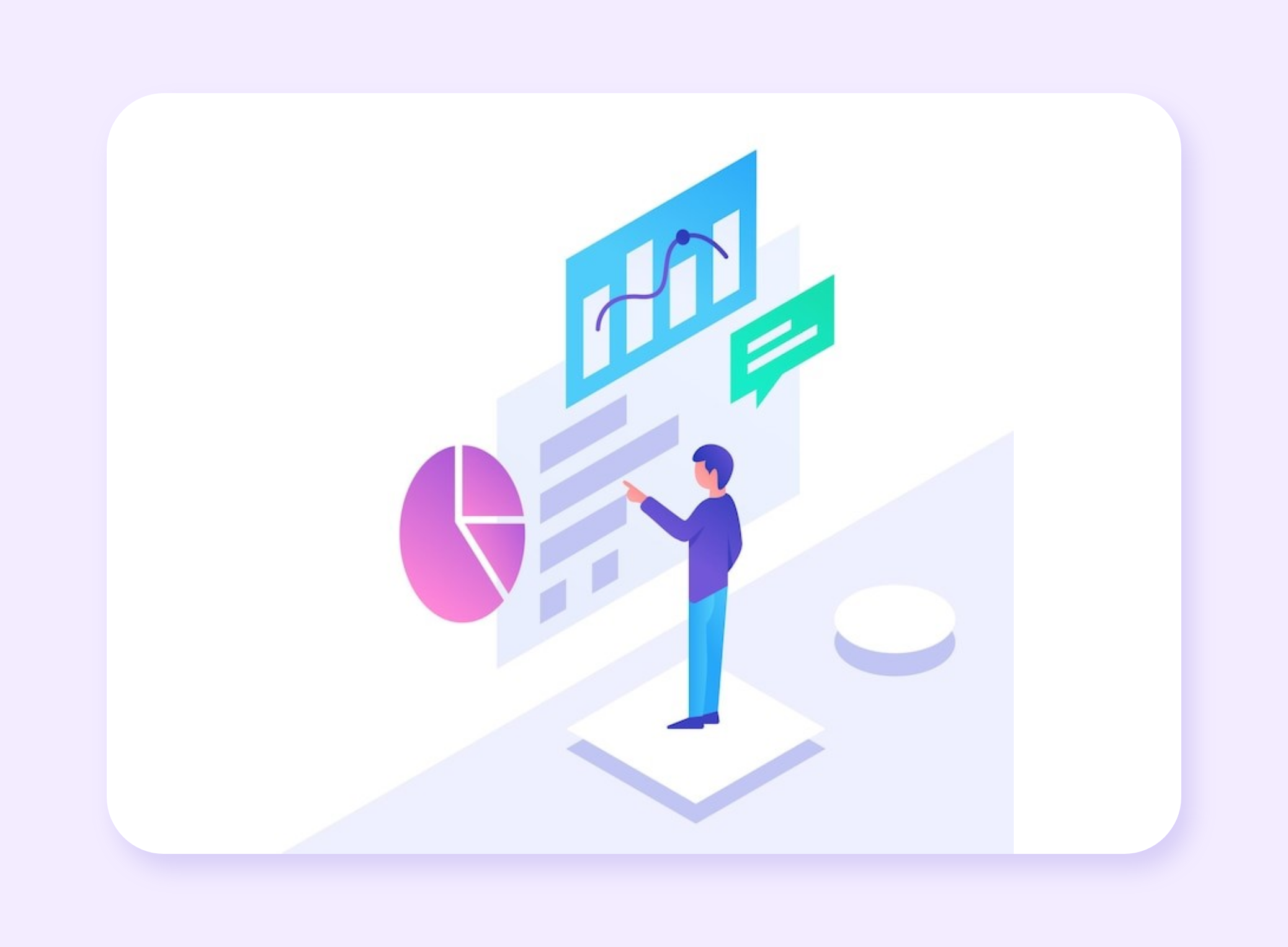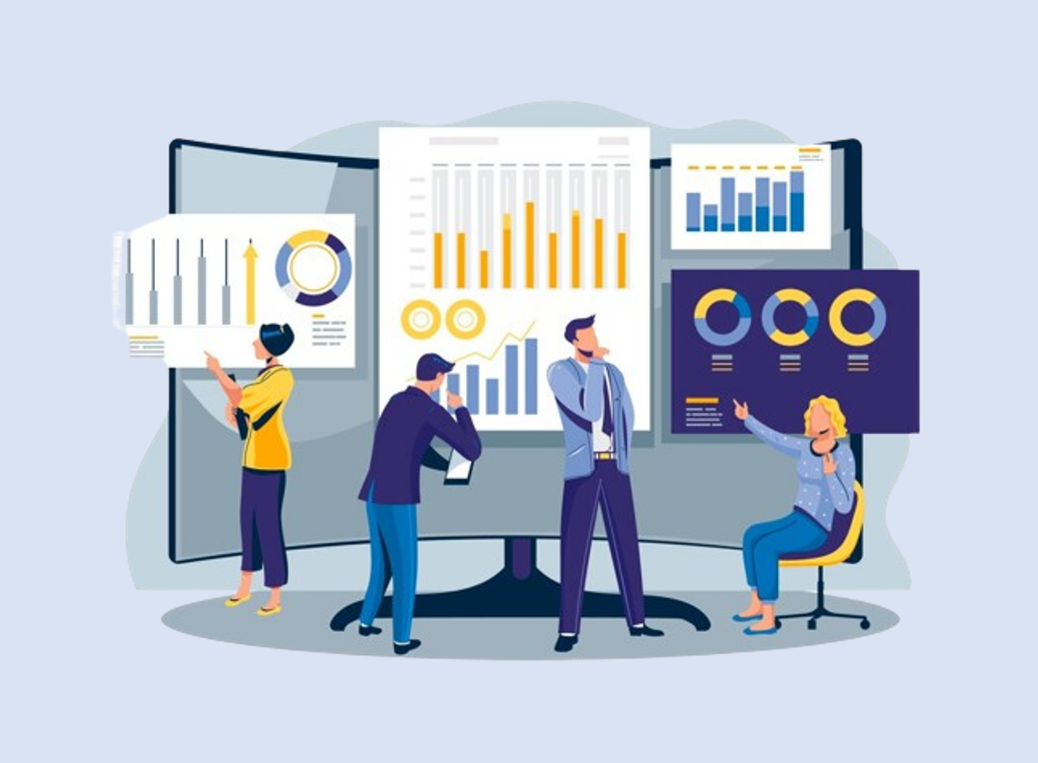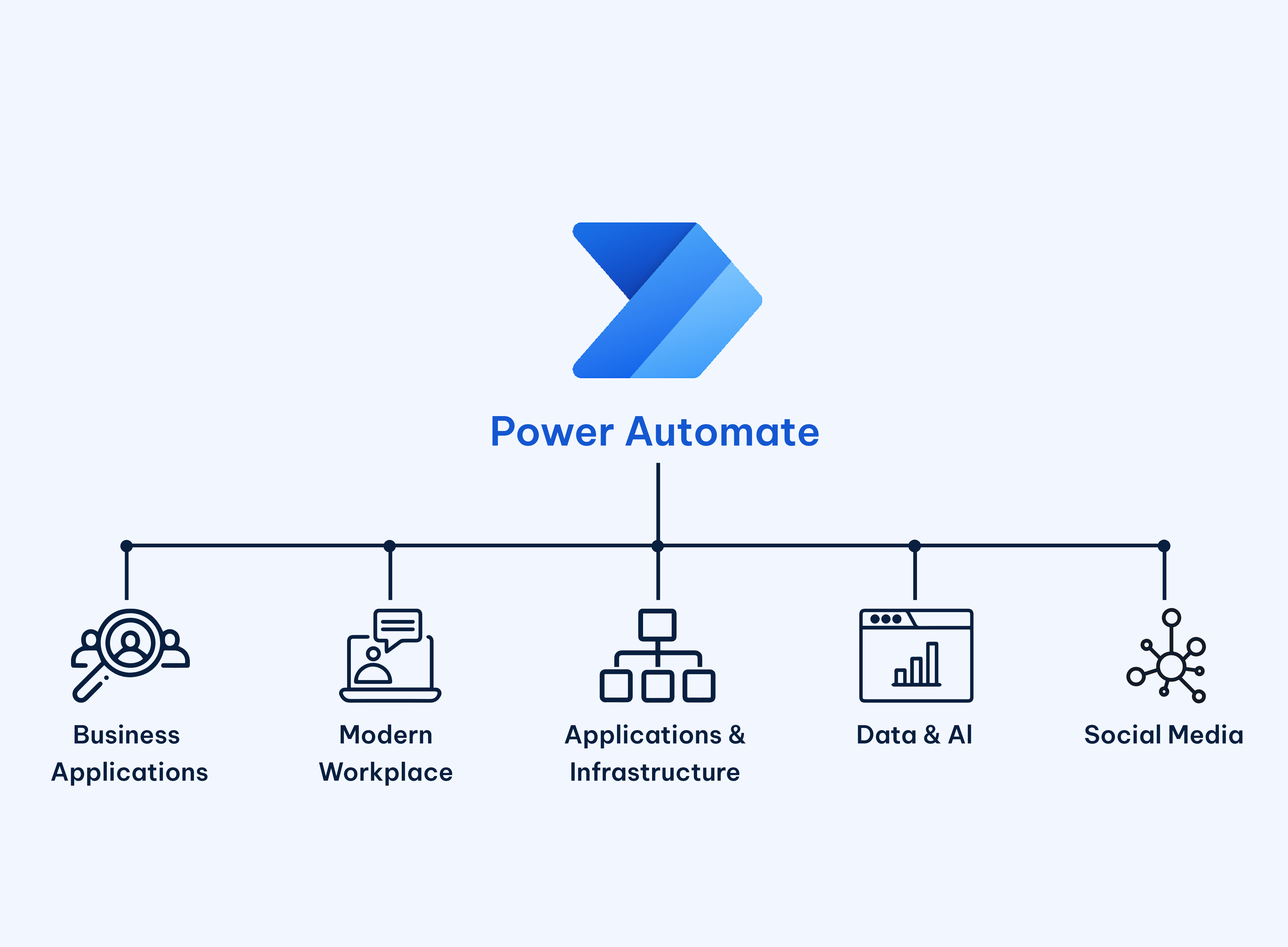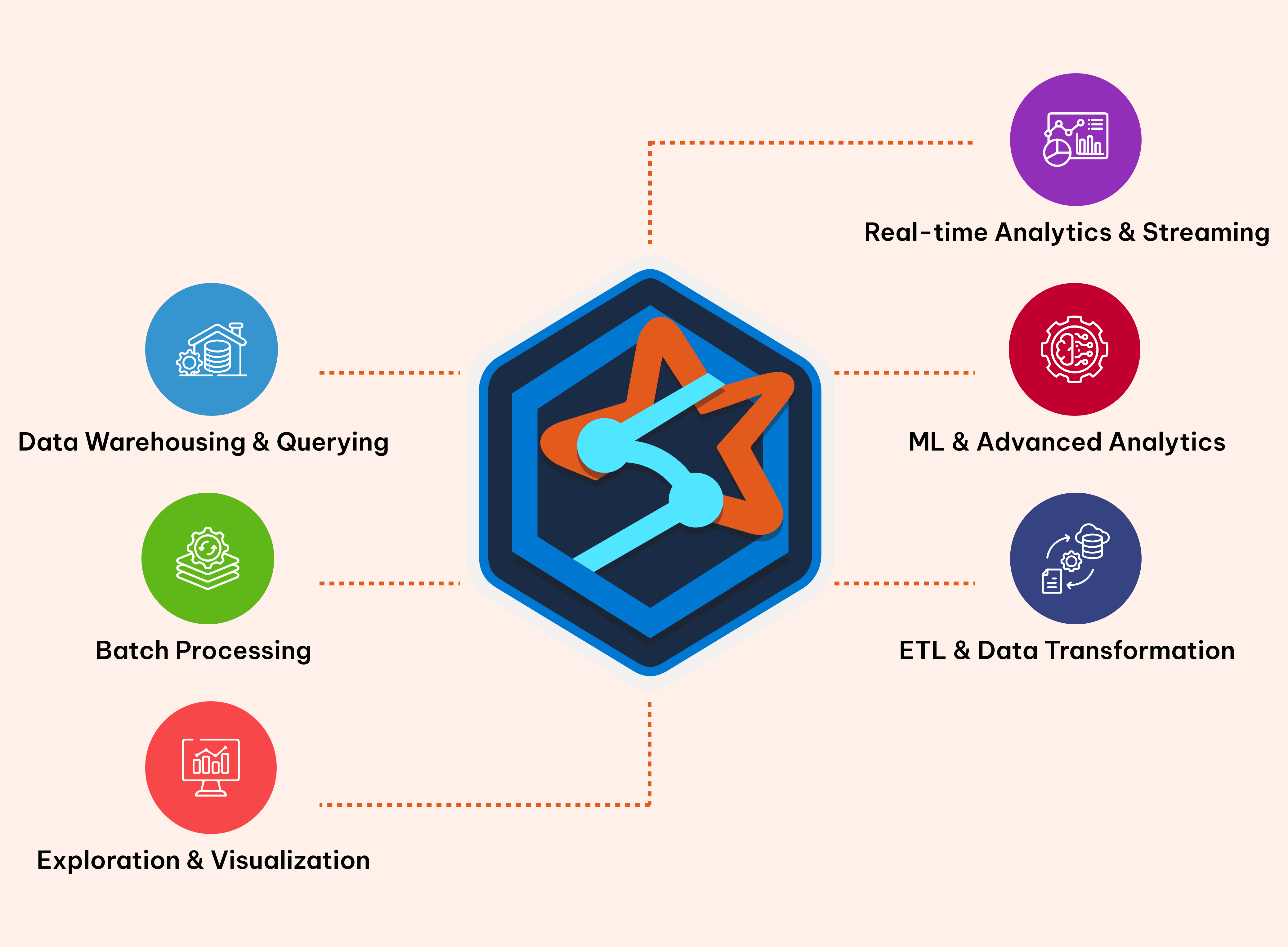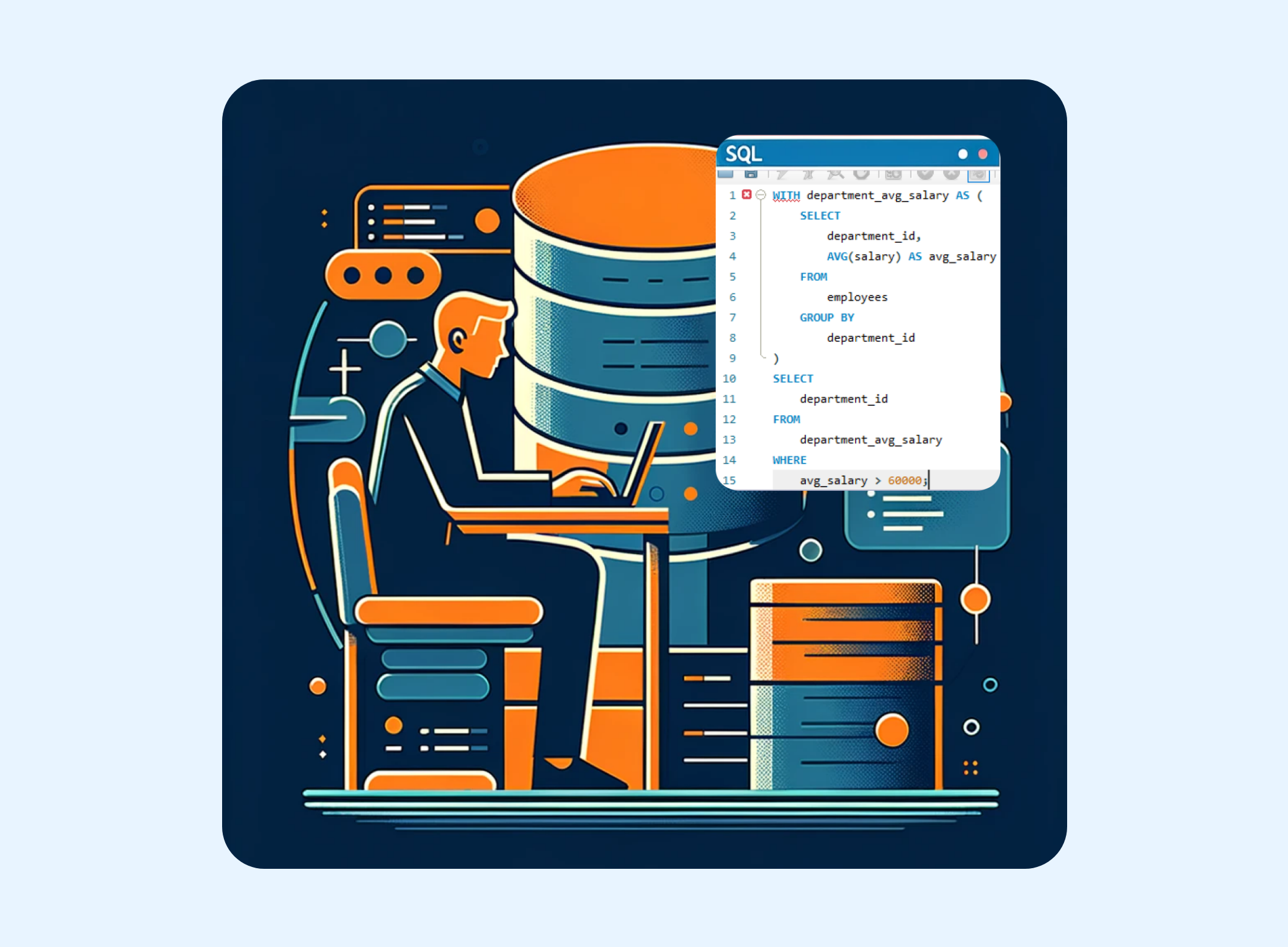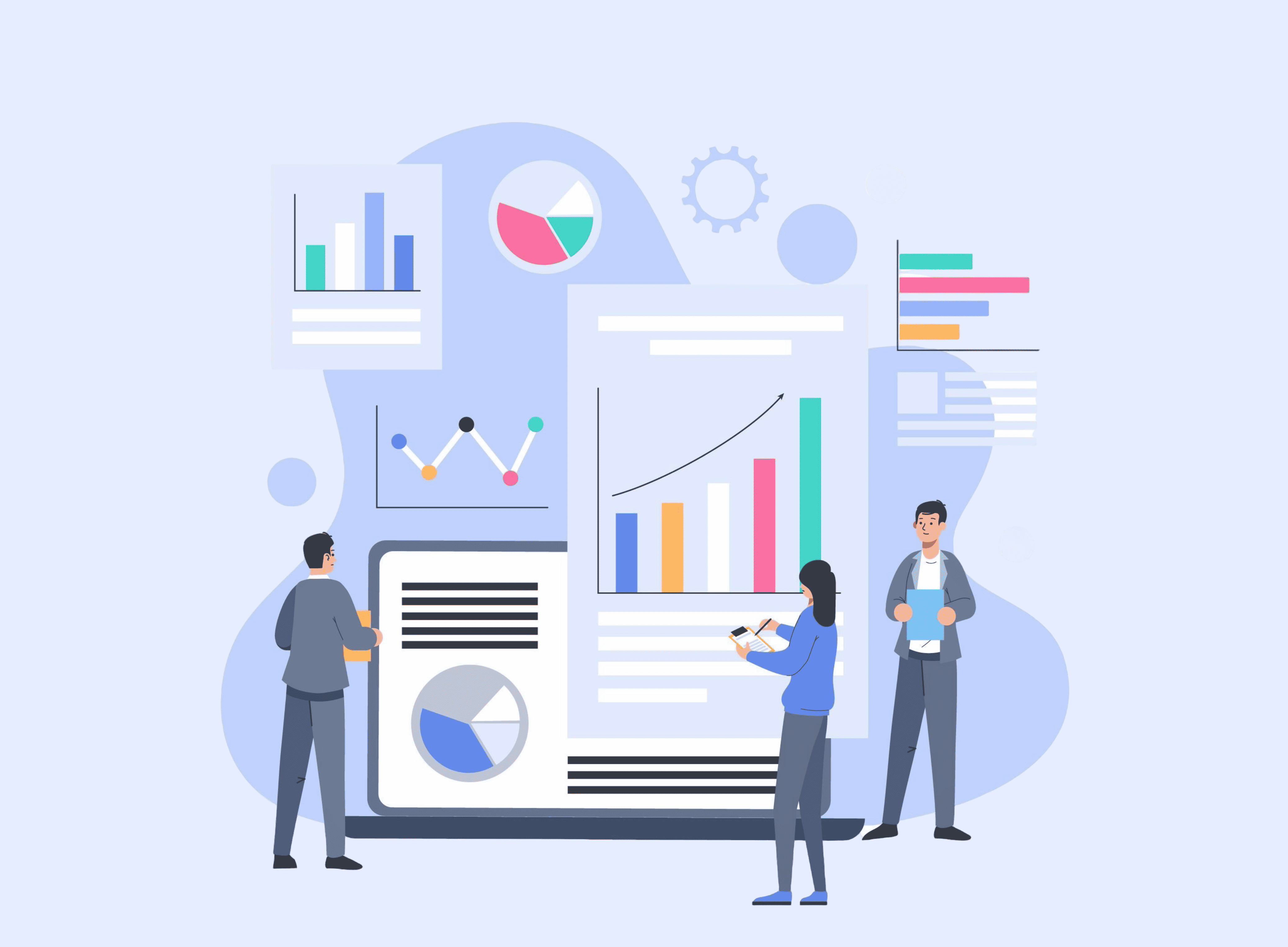Data Analytics
Big Data and Analytics: Trends and Future Directions

Big data is revolutionizing the way organizations process, store, and analyze information, leading to tangible benefits across various industries. As businesses evolve in their usage of large data sets, new trends are emerging in big data technologies and practices. In this, we'll explore four major trends shaping the big data landscape in 2024 and how they impact organizations.
Edge Computing and Data Diversity
Edge computing is a decentralized IT architecture that processes client data at the network periphery, closer to its source. In the era of abundant data collected from sensors and IoT devices worldwide, traditional centralized computing faces challenges like bandwidth limitations and latency issues. To address this, businesses are turning to edge computing, which involves moving storage and compute resources closer to data sources, such as retail stores or factories. This approach reduces the need to transmit raw data to a central data center, enabling real-time processing and analysis at the source. Edge computing is transforming IT and business practices, offering benefits like quicker insights and predictions, with only the results sent to the main data center for further review. The integration of the cloud, various use cases, trade-offs, and implementation considerations play key roles in shaping the landscape of edge computing.
The pace of data generation is accelerating, driven by sources like cloud systems, web applications, video streaming, and smart devices. Non-database sources, especially voice assistants and IoT devices, are major contributors to this diverse data landscape. This surge in data diversity is reshaping data processing needs, leading to the rise of edge computing. Edge computing optimizes performance, reduces data flow through networks, and enhances data analysis speed, providing faster responses to users.
Cloud and Hybrid Platforms Innovations
To cope with the ever-increasing data generation, organizations are investing in cloud-based and hybrid cloud systems. Cloud infrastructure providers like AWS, Google, Microsoft, Oracle, and IBM offer scalable solutions without the need for maintaining large data centers. Despite challenges in heavily regulated industries, cloud providers are developing regulatory-friendly infrastructure and hybrid approaches, combining on-premises computing with third-party cloud systems. The concept of data lakes, storing structured, semi-structured, and unstructured data in their native format, is gaining traction, allowing for more flexible data analysis and processing.
Datalake: Rise of Data Ops and Data Stewardship
Continuous evolution in big data processing and management is driven by both technological needs and changes in our approach to data. Data Ops, focusing on agile, iterative approaches for the entire data lifecycle, is gaining prominence. It addresses organizational needs from data generation to archiving. Simultaneously, organizations are increasingly focusing on data governance, privacy, and security in big data environments. The emergence of generative AI adds new layers of privacy and ethics concerns, leading to a heightened focus on data stewardship. Tools are evolving to secure and manage data over its lifecycle, especially in cross-border scenarios.
Evolution of Generative AI, Advanced Analytics and Machine Learning
As the volume of data continues to grow exponentially, traditional analytics approaches face challenges in automation at scale. Open-source platforms like Hadoop and Spark enable organizations to process massive amounts of information quickly. Big data analytics, particularly machine learning and AI systems, is transforming business intelligence. Enterprises are moving towards more intelligent, responsive applications that provide deeper insights into customer behaviour, business processes, and overall operations. Generative AI and large language models (LLMs) are enhancing data operations, automating monitoring functions, and improving data quality and efficiency.
Conclusion
The landscape of big data is dynamic, and organizations embracing these trends are better positioned to unlock the full potential of their data. As we move further into 2024, the synergy of generative AI, diverse data sources, cloud innovations, and robust data management practices will continue to shape the future of big data. Stay tuned for more insights as the world of big data evolves.
Tags
Written by
Gayathri K
Published on
29 January 2024






